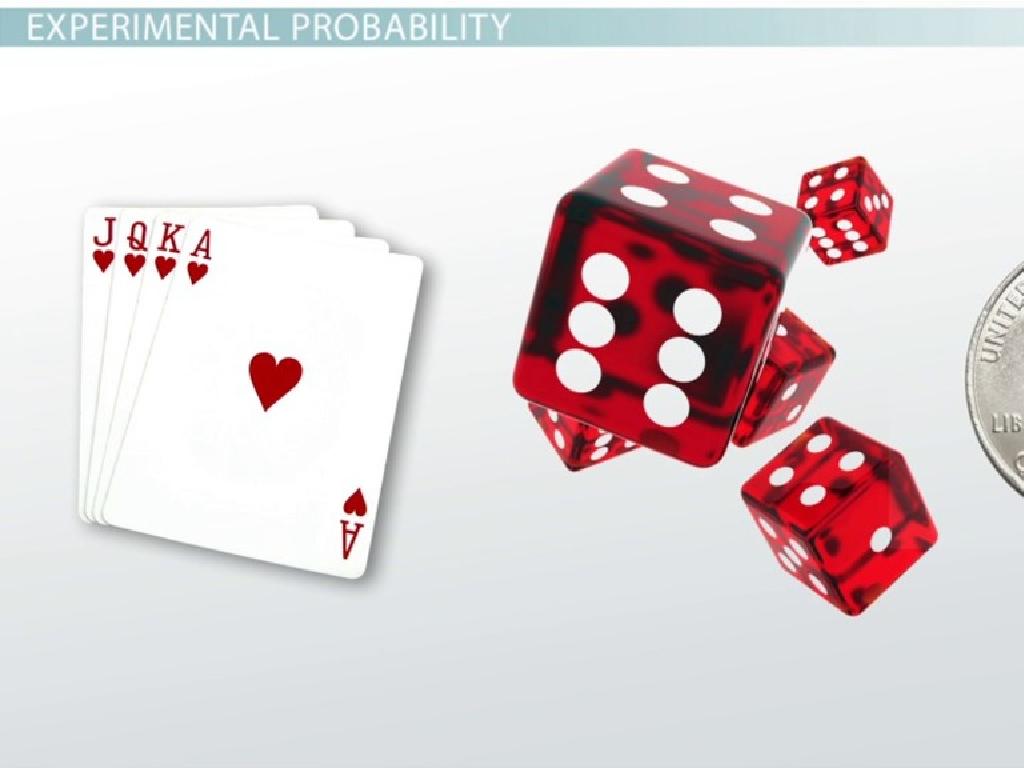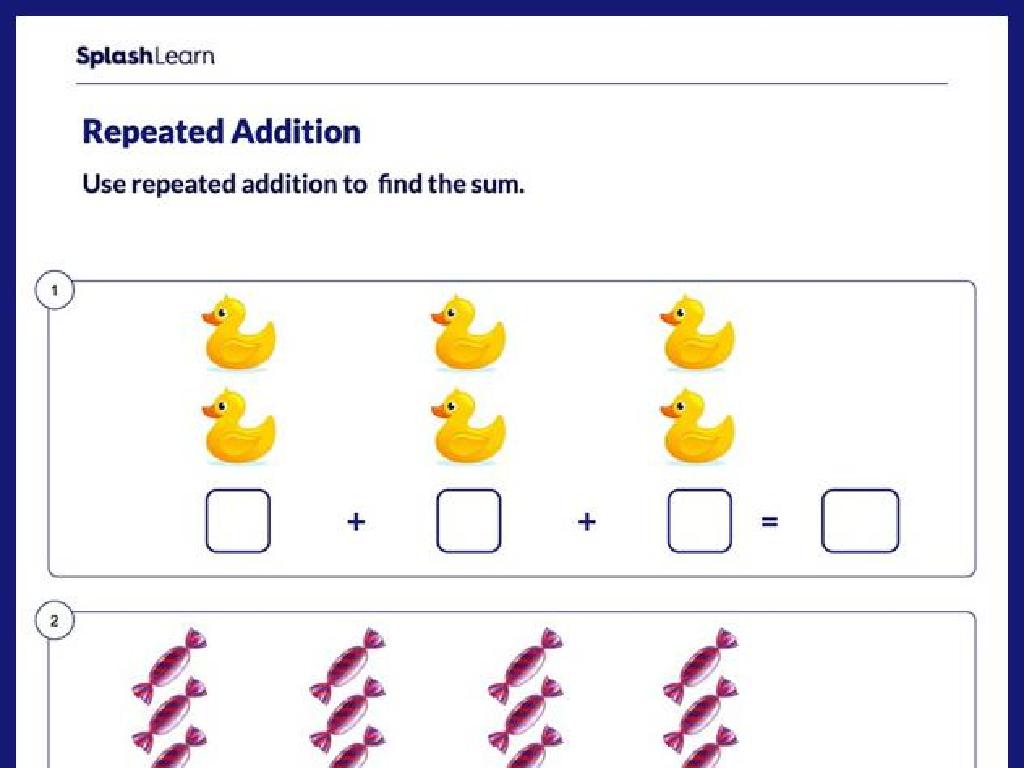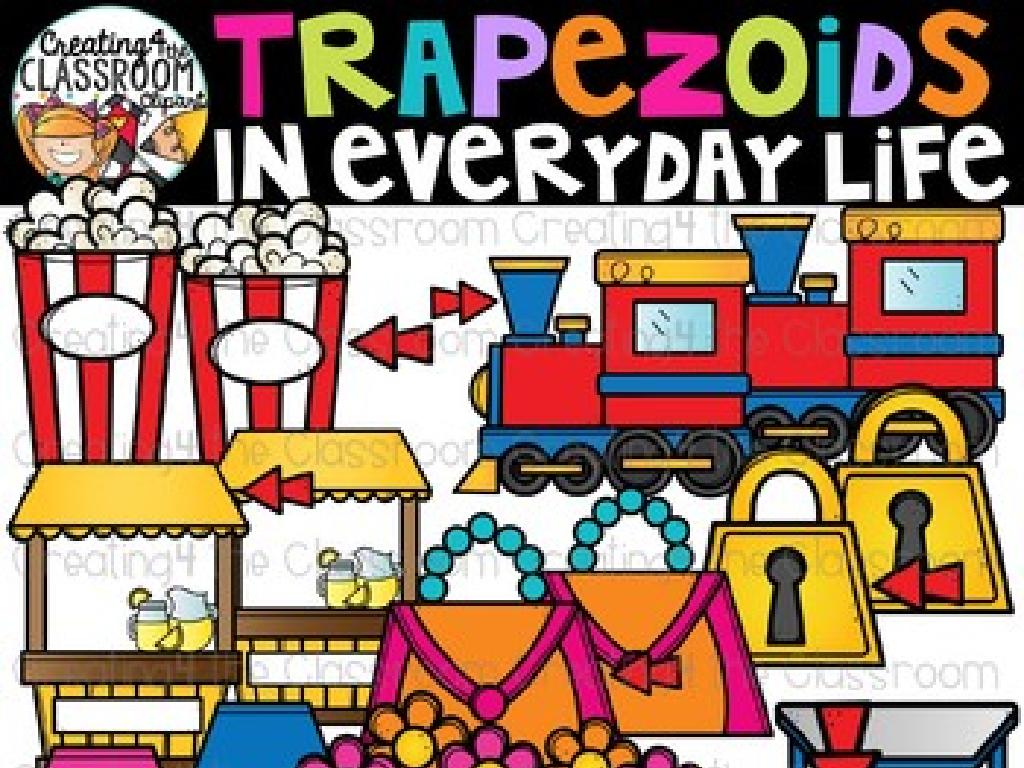Era 5 The First Global Age (1200 To 1750 Ce)
Subject: Arts and humanities
Grade: High school
Topic: World History Project - Origins To The Present
Please LOG IN to download the presentation. Access is available to registered users only.
View More Content
Welcome to the First Global Age
– Introduction to Era 5
– Era 5 spans from 1200 to 1750 CE, marking major global interactions.
– Significance in world history
– This era witnessed the rise of European powers, exploration, and cultural exchanges.
– Overview of today’s lesson
– Learning objectives
– Students will explore key events and figures that shaped this transformative period.
|
This slide introduces students to Era 5: The First Global Age, a pivotal period in world history characterized by increased global interactions, exploration, and cultural exchanges. The significance of this era cannot be overstated as it laid the groundwork for the modern world through the rise of European powers, colonization, and the spread of ideas. Today’s lesson will provide an overview of the major events and figures of this time, setting the stage for a deeper dive into the complexities of the era. The learning objectives are to understand the broad strokes of this period and to begin to appreciate its impact on contemporary global dynamics. Encourage students to think critically about how this era’s developments have influenced our world today.
Global Interconnections in the First Global Age
– Exploration of key trade routes
– Silk Road, Spice Trade routes connected distant lands
– Trade’s impact on culture and economy
– Cultural exchanges, economic growth via trade
– Marco Polo’s influence on East-West
– His travels opened doors to cultural and economic exchange between Europe and Asia
– Understanding global interconnectivity
|
This slide aims to highlight the significance of trade routes such as the Silk Road and the Spice Trade in fostering global interconnections during the First Global Age. Emphasize how these routes facilitated not only the exchange of goods but also ideas, technologies, and cultures, leading to economic development and a more interconnected world. Use Marco Polo’s travels as a case study to illustrate the profound impact individual explorers had on expanding the horizons of their contemporaries and future generations. Discuss how his accounts of Asia ignited interest in the East and spurred further exploration and trade. Encourage students to think about the long-term effects of these early global interactions and how they set the stage for the modern interconnected world.
Empires and Kingdoms of the First Global Age
– Rise and fall: Mongols, Ottomans, Mughals
– Mongols expanded trade, Ottomans bridged East and West, Mughals enriched art and architecture
– Kingdoms’ roles in Africa and Asia
– African kingdoms like Mali traded gold, Asian kingdoms like Siam maintained autonomy
– Empires’ impact on global politics
– Empires influenced governance, diplomacy, and military strategies worldwide
– Cultural contributions of empires
– Literature, art, and religion were spread and transformed by empires
|
This slide aims to provide an overview of the major empires and kingdoms during Era 5, highlighting their rise and fall, and their influence on global politics and culture. The Mongol Empire facilitated vast trade networks, the Ottoman Empire served as a crossroads of civilizations, and the Mughal Empire is renowned for its contributions to art and architecture. African and Asian kingdoms played crucial roles in regional trade and maintained cultural uniqueness. The political and cultural landscape of the time was heavily shaped by these empires, which set the stage for modern international relations and cultural exchange. Discuss the lasting effects of these empires on today’s political borders and cultural diversity. Encourage students to explore specific examples of cultural exchange, such as the spread of religions, artistic styles, and scientific knowledge.
Cultural Developments in the First Global Age
– Art, literature, philosophy reflect era
– These elements mirror societal values, norms, and events of the time.
– Religious movements’ global influence
– Spread of beliefs shaped societies and politics worldwide.
– The Renaissance: Europe’s rebirth
– A period marked by a renewed interest in classical learning and values.
– Cultural interactions across continents
|
This slide aims to encapsulate the essence of cultural developments during Era 5, highlighting how art, literature, and philosophy are not just forms of expression but also reflections of the societal and historical contexts of the time. It’s crucial to discuss the profound impact of religious movements on global politics and society, such as the spread of Christianity and Islam. The Renaissance should be emphasized as a pivotal cultural rebirth that originated in Europe and influenced art, science, and thought, marking the transition from the Middle Ages to modernity. Encourage students to think about how these cultural developments might have interacted and influenced each other across different continents.
Technological Innovations of the First Global Age
– Inventions shaping the world
– Compass, printing press, gunpowder altered navigation, information spread, and warfare.
– Tech’s role in exploration
– Navigation tech led to new trade routes, encounters between civilizations.
– Impact of tech on societies
– Tech advancements disrupted social structures, economies, and cultures.
– Examining global consequences
|
This slide delves into the transformative technological innovations of the First Global Age, such as the compass, which revolutionized navigation; the printing press, which democratized knowledge; and gunpowder, which changed the nature of warfare. Highlight how these inventions played a pivotal role in facilitating global exploration and conquest, leading to the Age of Discovery. Discuss the profound consequences these technologies had on societies, including the disruption of traditional social hierarchies, the stimulation of economies through new trade opportunities, and the cultural exchanges that reshaped civilizations. Encourage students to think critically about how these historical advancements compare to modern technological changes and their societal impacts.
Social Structures in the First Global Age
– Feudalism and caste systems
– Hierarchical systems that determined social status and roles.
– Influence of gender, class, and race
– Social dynamics and their impact on individuals’ lives.
– Cross-cultural social hierarchies
– How different cultures organized their societies’ hierarchies.
– Comparative analysis of societies
– Examine similarities and differences in societal structures globally.
|
This slide aims to explore the various social structures and hierarchies that existed during the First Global Age, such as feudalism in Europe and caste systems in India. Discuss the significant role that gender, class, and race played in defining the social order of different societies. Encourage students to compare and contrast these structures across cultures to understand the complexities and commonalities of social organization globally. Use examples like the European nobility, the Indian caste system, and the social stratification in the Americas to illustrate these points. This comparative analysis will help students grasp the diversity of social experiences during this era.
Economic Systems During the First Global Age
– Mercantilism: Trade & Power
– Mercantilism favored national wealth via trade surplus and colonial expansion.
– Colonization’s Economic Impact
– Indigenous economies were often disrupted or exploited by colonial powers.
– Triangular Trade System
– A trade network connecting Europe, Africa, and the Americas, exchanging goods and slaves.
– Global Economy Transformation
– These systems laid foundations for modern global trade and capitalism.
|
This slide explores the evolution of economic systems during Era 5, highlighting the shift towards global capitalism. Mercantilism, a dominant economic theory, advocated for a nation’s power through wealth accumulation and a favorable balance of trade, often achieved by exploiting colonial territories. The colonization of indigenous lands led to significant economic changes, sometimes resulting in the displacement of local economies and the establishment of new trade goods. The triangular trade was a pivotal system that moved goods, enslaved people, and raw materials between continents, profoundly affecting the socio-economic landscapes of the involved regions. This period set the stage for the modern global economy, with lasting impacts that are still felt today. Encourage students to consider how these historical economic policies have shaped current global trade practices.
Class Activity: Mapping the Global Age
– Create a map of the First Global Age
– Highlight trade routes on your map
Include famous routes like the Silk Road, spice trade paths
– Mark empires and note cultural exchanges
Label empires such as the Ottoman, Ming, or Mughal and areas of cultural influence
– Present and explain your map’s elements
Discuss the impact of these elements on global history and interactions
|
This activity is designed to help students visualize and understand the interconnectedness of the world during the First Global Age. They will identify and map out the major trade routes, empires, and cultural exchanges that defined this era. Encourage students to research and include the Silk Road, trans-Saharan trade routes, and maritime routes used by European explorers. They should also label significant empires of the time and areas where cultural exchanges were prominent. Upon completion, students will present their maps to the class, explaining the significance of the elements they’ve included and how they contributed to the era’s global dynamics. Possible activities include individual research, group collaboration on map creation, peer reviews of maps, and presentations with Q&A sessions.
Reflecting on the First Global Age
– Recap of the First Global Age
– A transformative period marked by exploration, trade, and cultural exchanges.
– Era’s role in shaping the modern world
– Innovations and ideas from this era laid the foundations for modern economics, politics, and society.
– Lessons on global interconnectivity
– This period exemplifies the beginnings of our interconnected global society.
– The lasting impact on history
– Understanding the past helps us navigate the complexities of today’s globalized world.
|
This slide aims to summarize the key takeaways from the First Global Age and its profound influence on subsequent history. Students should grasp how the developments of this era, such as the expansion of trade routes and the exchange of goods, ideas, and cultures, have contributed to the creation of our modern world. Emphasize the importance of global interconnectivity that began during this time, which is now a cornerstone of our current global society. Encourage students to reflect on the lessons from this period, such as the impact of cultural exchanges and the early stages of globalization, to better understand the interconnected nature of today’s world and its challenges.





